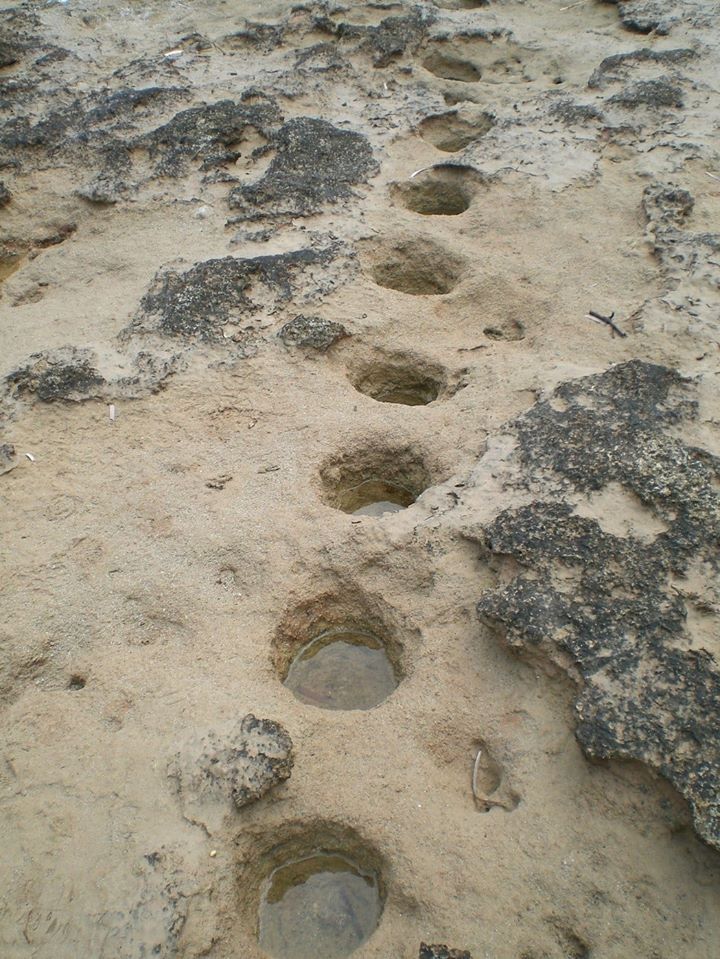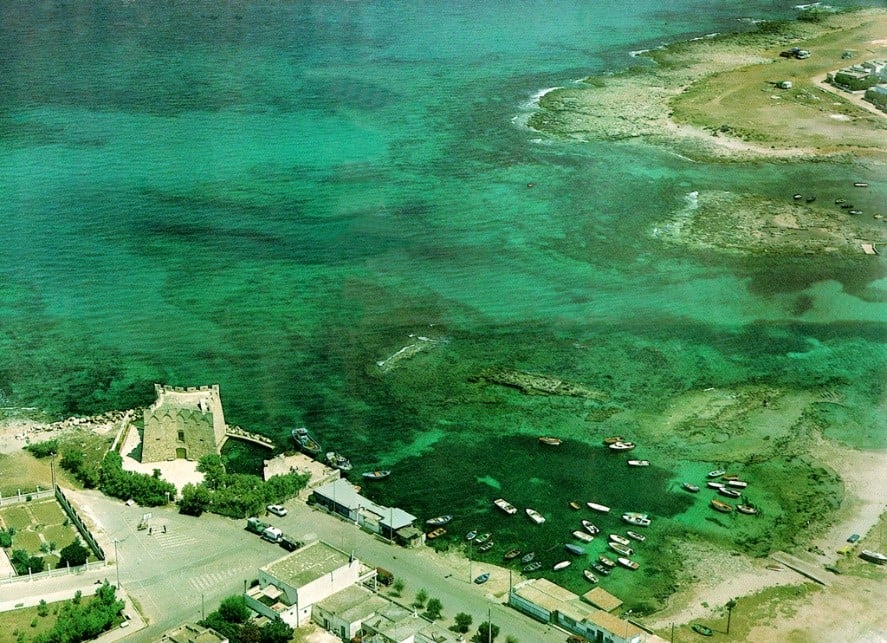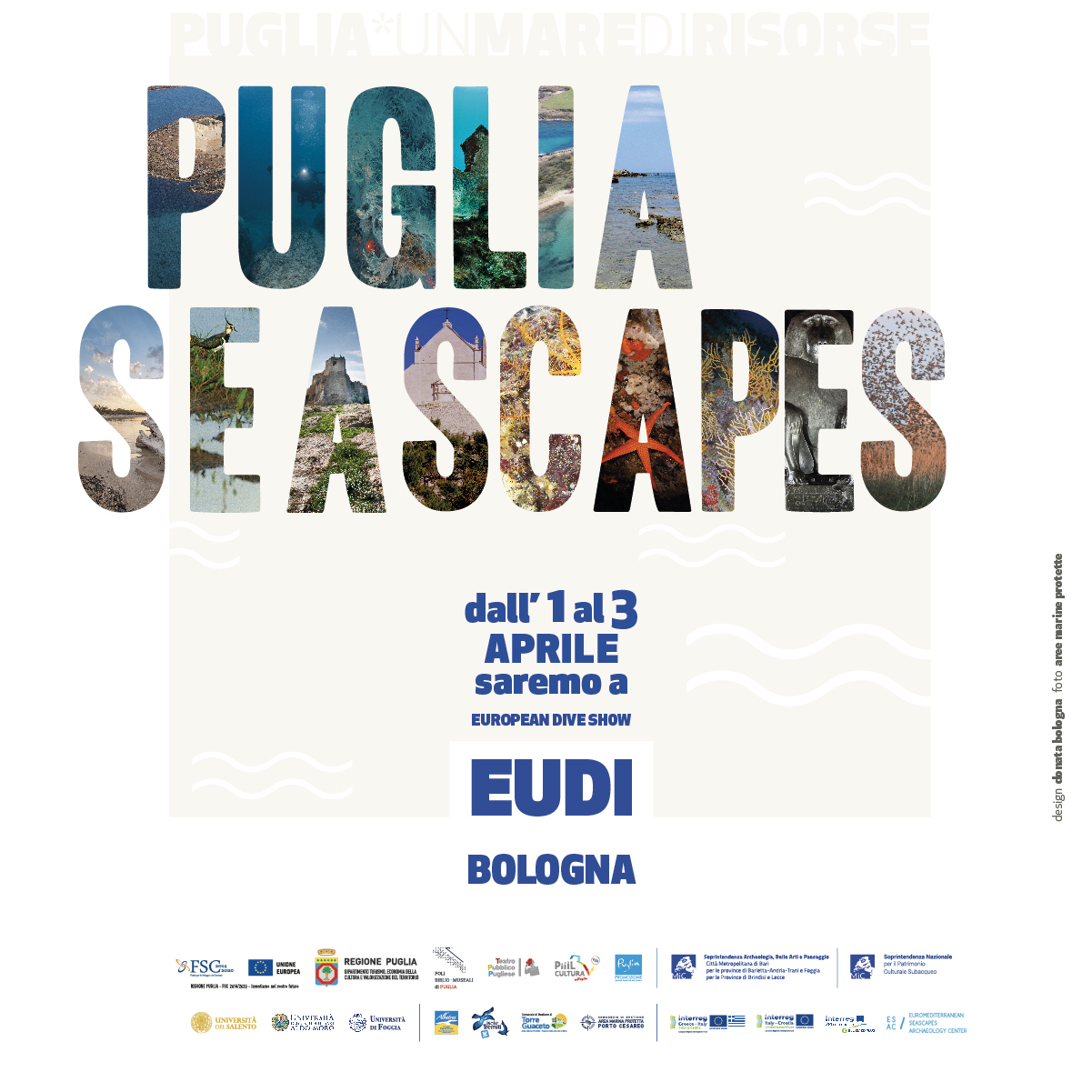The archaeological traces found along the coast and on the depths of Torre Santa Sabina, 30 km north of Brindisi, tell the long history of this dock, from prehistory to modern age.
The small “dei Camerini” bay, named after the presence of a beach resort in the past, has fascinated the pioneers of underwater archeology in Italy since the 1960s.
The oldest populated areas were north and east of the coast, near the so-called “fiume della mezzaluna”, literally “river of the half-moon”, a fresh water course that flows into the homonymous inlet called this way because of its shape.
A community of farmers inhabited these places already in the 6th-5th millennium BC, as the discovery of Neolithic objects and flint processing waste indicates.
Long afterwards, one of the largest settlements in south-eastern Italy dating to the late Bronze Age (3500 BC to about 1200 BC) developed in the same area. Thousands of post-holes (also post-submerged or semi-submerged) relating to huts and wooden fencing palisades remain along the low cliffs of the bay.
Between the third and second millennium BC, people from the Balkans and the eastern Mediterranean sailed from the Aegean and from the coasts of Anatolia along these shores. Numerous finds of locally produced pottery and imported Mycenaean pottery attest the existence of direct exchanges between the two shores of the Adriatic. An outstanding confirm is the discovery of the gold blade of a parade dagger, a rare object in Italy but common in the Aegean and Near East.
Just because of the shelter it offered to sailors, Torre Santa Sabina has long been one of the ideal ports of navigation routes below the coast, so-called cabotage routes.
As happened in other places in the Mediterranean, even this “shelter” was a real trap for some ships. Due to storms, many boats crashed on the insidious cliffs, losing their loads on the seabed of the inlet.
Other boats, at different times, were pulled ashore on the beach. Thus, the remains of loads and the remains of the wooden hulls indicate at least five wrecks on the seabed.
On the depths there are also elements of millstones and squared stone blocks. The latter are of same type as the carved blocks still visible on the rocky bank of the inlet, which shows an ancient quarry activity connected with the landing.





